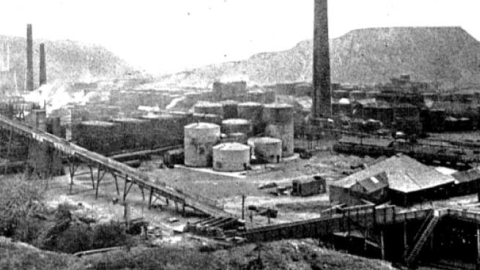For the past decade, the United States has enjoyed a remarkable boom in the production of oil and natural gas. Mainly due to technological advances in fracking, America has become the world’s largest producer of oil as well as a major player with respect to natural gas. Given the role that energy supply plays in international politics, the benefits that accrue to the U.S. from this fact are obvious.
With respect to oil, the United States is a relatively high cost producer; shale oil (produced by fracking) is much more expensive to produce than the oil that gushes forth from the mammoth fields of Saudi Arabia and elsewhere. On the other hand, U.S. shale oil production is much more nimble. Compared to the years and billions required to open new fields, especially off-shore, shale oil wells can be brought into production relatively quickly; at the same time, they degrade relatively quickly as well. Thus, whereas most oil production involves long-term planning and commitments, shale oil can be thought of more like a manufacturing process: When one stops drilling, production falls off quickly, and when one resumes, it can rise relatively quickly as well.
What this has meant, in effect, is that U.S. production has effectively capped the price of oil. When it rises above the level at which shale oil production is profitable (approximately $45-55 per barrel), U.S. production can ramp up relatively quickly and stop or reverse the price rise.
Read the full article in The American Interest



















